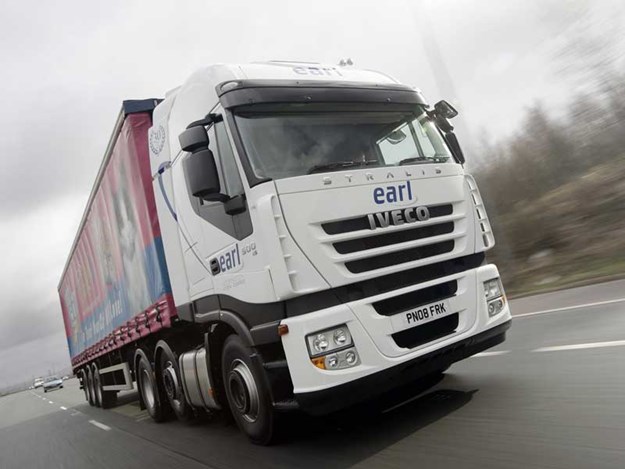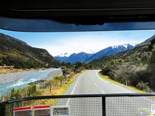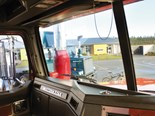Comment: Can we improve truck cabs for women?
Simple design changes in the cab could improve the ergonomics, comfort, and safety for women out on the road
I was recently approached by an overseas truck manufacturer wanting to gain some insights from the New Zealand road transport industry on how to improve the design of truck cabs for women.

It was an interesting question and really got me thinking about what was important to women drivers and how simple design changes in the cab could really improve the ergonomics, comfort and safety for women out on the road.
The questions the manufacturer specifically wanted answers to were around what physical issues do female drivers encounter with the interior space of the cab when driving? Are there problems with certain reach zones (i.e. when getting on and off the truck and reaching for the controls and buttons on the dash)? The manufacturer was also keen to hear about concerns regarding safety and security in the cab.
The manufacturer assured me that this is a genuine effort to try to solve some of the ergonomic issues that women drivers may face in the truck cab. The person who approached me was a female engineer, so I’m confident that the approach was not meant to be patronising or to belittle women drivers. The manufacturer genuinely wants to know of the common issues from both the female and male perspective.
I posted the request on Facebook and it was fantastic to get a positive and constructive range of responses.
The lack of adjustability in seats for shorter, lighter female drivers was a very common complaint, as was the height adjustability of seat belts; both concerns I will definitely pass on.
This feedback is backed up by findings from the US which suggests the average height difference between men and women is around six inches. This is significant in terms of the relationship between the seat, the pedals and the dashboard controls.
It’s a real positive that truck manufacturers are catching on to the idea that they need to design cabs with women in mind. No longer is our industry a male-only one and if the global driver shortage is to be addressed, the reality is that the industry can no longer ignore 50 percent of the workforce when it comes to designing tools for the job.
If anyone has further worthwhile suggestions then please message me through the Women in Road Transport Facebook page.
Changing tack slightly, as most readers will know health and safety is one of my key responsibilities for the transport company that I work for.
I was therefore very interested to read about a new $22 million fund recently announced by ACC that is targeted at small to medium businesses to incentivise an improvement in health and safety outcomes.
A range of subsidies and grants are being made available from the fund to support small- and medium-sized businesses to invest in training, equipment or advisory services that help improve health and safety practices.
While many workers may moan about onerous compliance, the reality is that New Zealand health and safety procedures still lag behind many other comparable countries and the statistics, when it comes to workplace accidents, proves that.
The first round of subsidies will unfortunately be limited to the construction and the healthcare and social assistance sectors – both industries that include high risks of injury mind you.
However, further subsidies for businesses in other sectors will be offered in the future. I sincerely hope that road transport and logistics will be considered for the next round and the many small- and medium-sized road transport companies out there get the opportunity to tap into the expertise at ACC to improve their health and safety practices.
Keep up to date in the industry by signing up to Deals on Wheels' free newsletter or liking us on Facebook.







.jpg)









